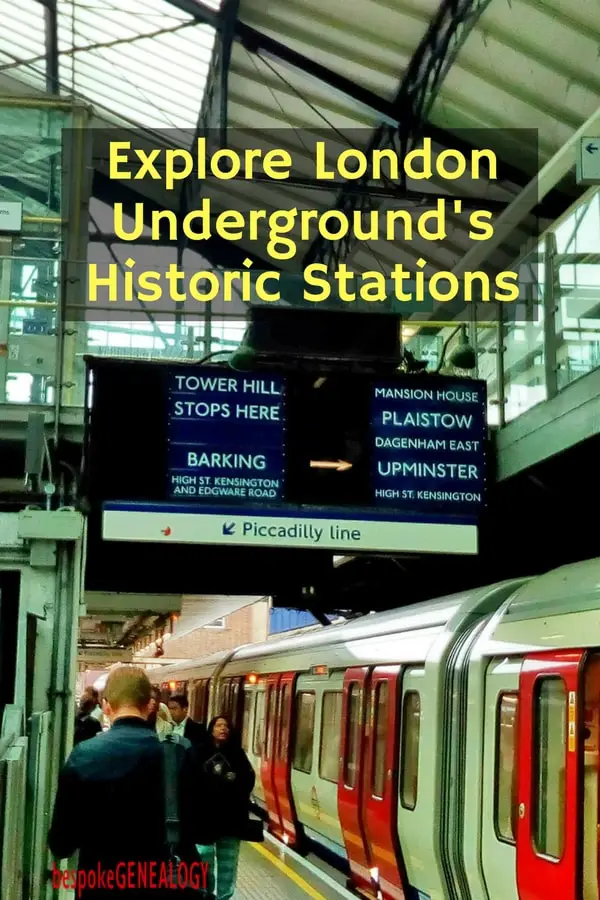
The London Underground is the oldest subway system in the World; the stretch of what is now the Hammersmith & City Line between Paddington and Farringdon opened in 1863. Over the years the system expanded in fits and starts and now has 11 lines, approximately 250 miles of track and 270 stations. And it continues to grow; although not strictly part of the Underground, in December 2018, the new Elizabeth Line will open adding much needed capacity to London’s transit system. With every new line or extension, new stations are built, often with different architects and designed for different needs in different times. Many of the earlier stations survive and it is fascinating to visit them to see how station architecture has evolved over the years.
If you are interested in the history of London, in the Underground or in architecture, I have suggested some stations you can visit to see how the Underground evolved over the years. In my view, the history of the Underground can be broken down into seven phases:
- 1863-1890 – The Steam Age
- 1890-1898 – The First Electric Tubes
- 1898-1929 – Underground Group
- 1930-1939 – The Classic Years
- 1945-1953 – Post War Expansion
- 1964-1979 – 60s/70s Growth
- 1994-2018 – The New Golden Age
So, here are some stations to visit which represent each phase of Underground development:
The Steam Age
Baker Street
The first underground railway in the world opened to the public on 10 January 1863. It was built by the Metropolitan Railway Company and ran between Paddington and Farringdon. The line was constructed using the “cut and cover” method under what was then known as the New Road (now Marylebone, Euston and King’s Cross Roads). Trains were originally steam hauled using revolutionary “condensing” engines that in theory were able to release much of their steam in the open air sections of the line.
You can still travel on the original line and you can get a flavour of what it would have been like when it opened by visiting the Hammersmith & City and Circle Line platforms of Baker Street station. These platforms have been preserved to near original condition (right) and you can view boards with pictures and a history of the line.
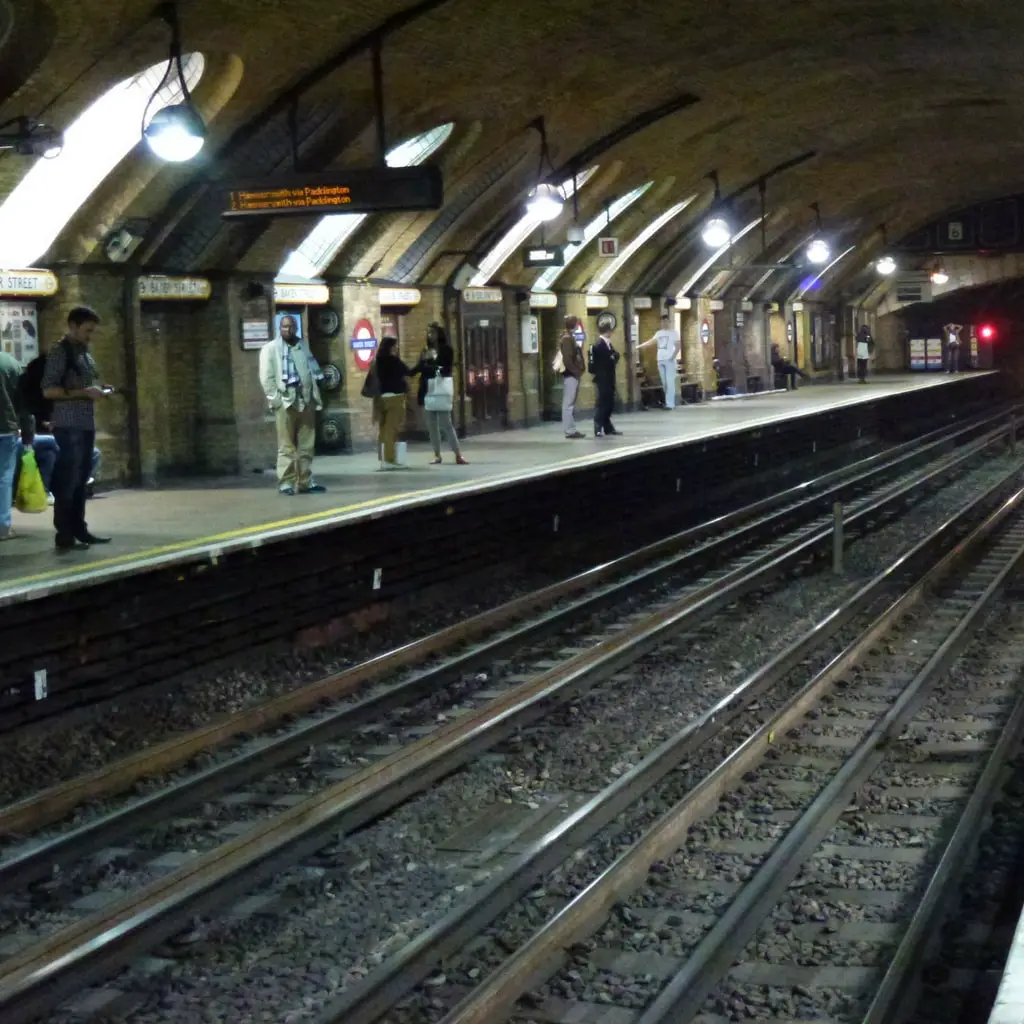
By Daniel Case – Own work, CC BY-SA 3.0, https://commons.wikimedia.org/w/index.php?curid=38433854
Notting Hill Gate
The Metropolitan Railway extended the line southwards from Paddington to Gloucester Road and Notting Hill Gate station opened in 1868. The original platforms (now the Circle/District Line right) still have many of the original features including an almost complete original roof, one of only a few surviving. Many of the early Metropolitan Railway stations were built to similar designs.
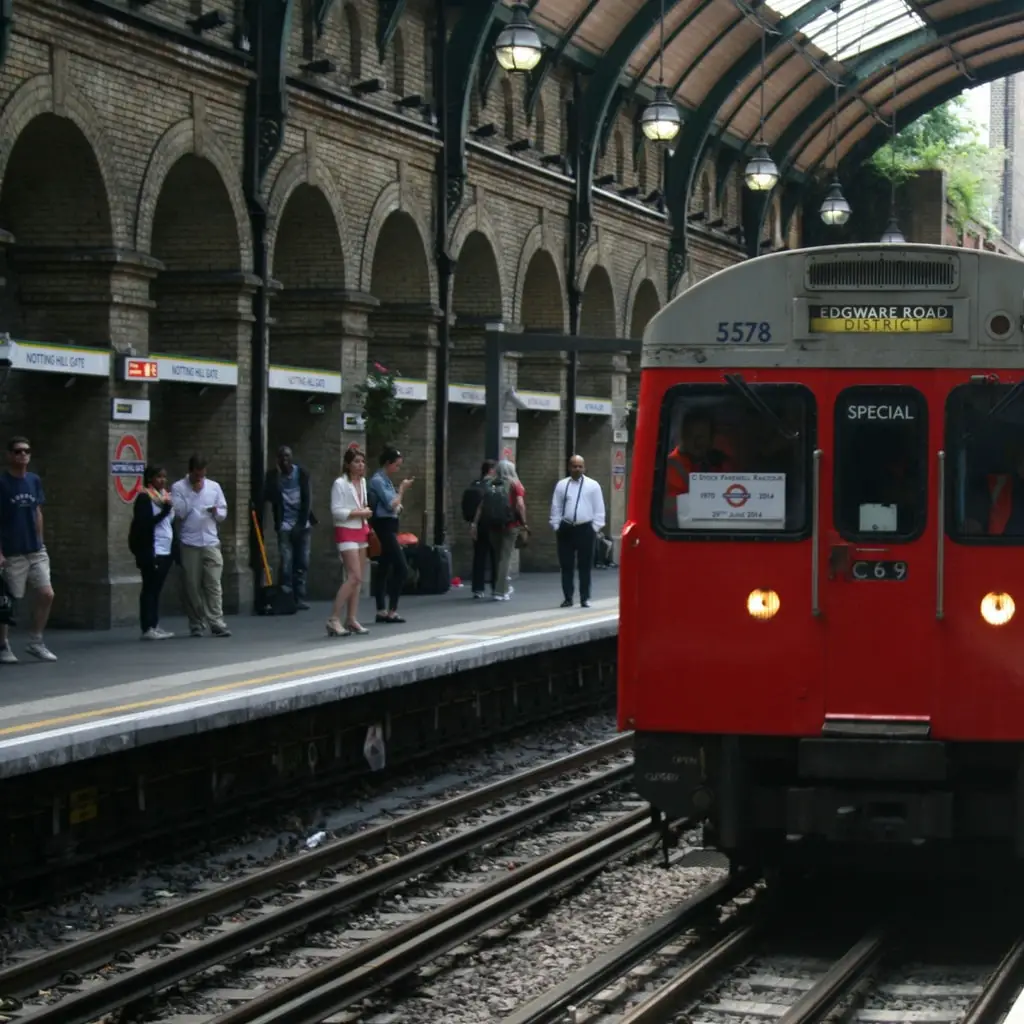
By Au Morandarte from London, Middlesex, England – IMG_6980, CC BY-SA 2.0, https://commons.wikimedia.org/w/index.php?curid=34229313
Earl’s Court
The other Underground railway builder in London in the early days was the Metropolitan District Railway. This company eventually built the southern half of what is now the Circle Line plus most of the District Line. The District had several branches and the hub of the railway was Earl’s Court station. The original station burnt down in 1875 and the current one opened in 1878. Many period features remain, including the magnificent roof (right) that spans all of the District Line platforms.
Also of interest are the electric platform train indicators that date from the early 1900s.
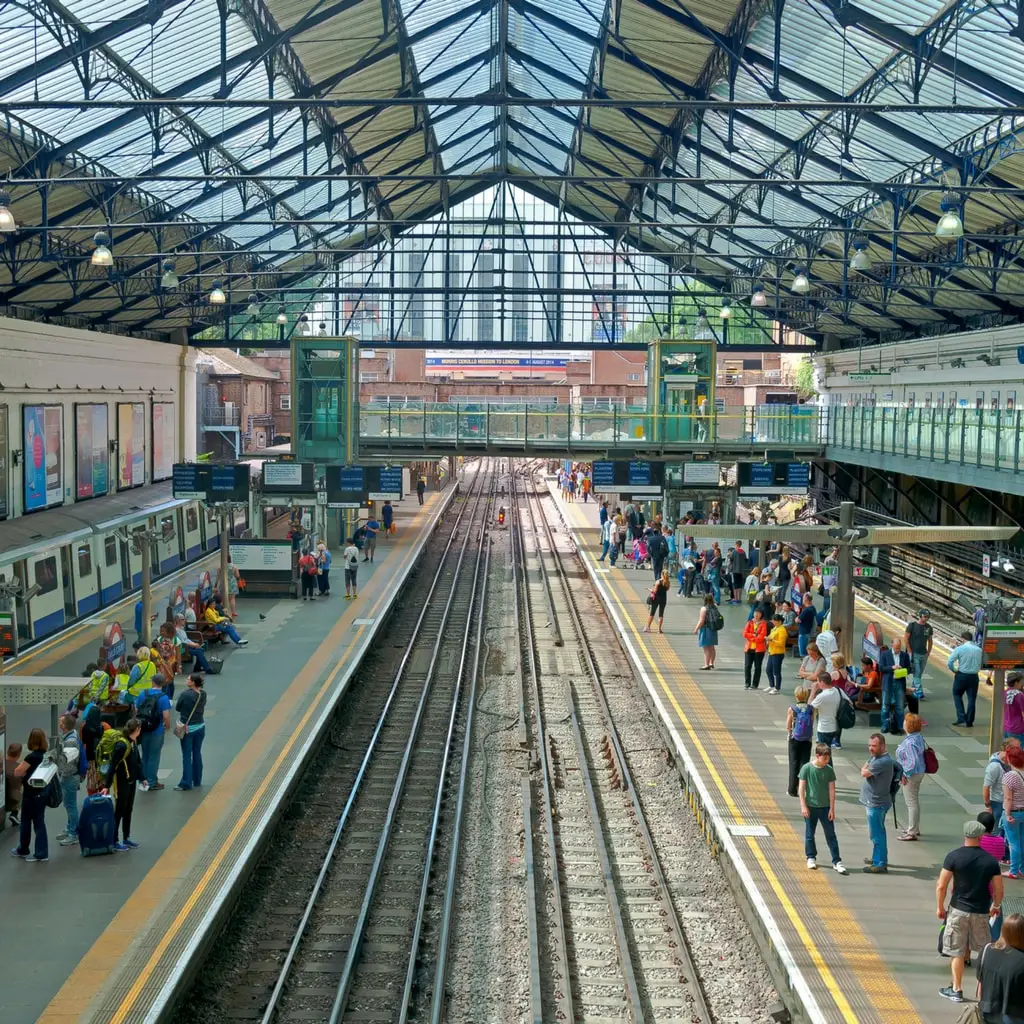
By Daniel Case – Own work, CC BY-SA 3.0, https://commons.wikimedia.org/w/index.php?curid=38433854
Early Tubes
Kennington
With the advent of electric traction and new tunnelling technology, deep level “Tube” railways could now be constructed in London. This meant that miles of road no longer had to be dug up resulting in much less disruption to residents. The first “Tube” was the City & South London Railway (CSLR); now the City branch of the Northern Line, opened in 1890 by the Prince of Wales. The only near intact original station building is Kennington (right). This is the only station to still have the distinctive dome, which was a feature of most of the stations on the railway.
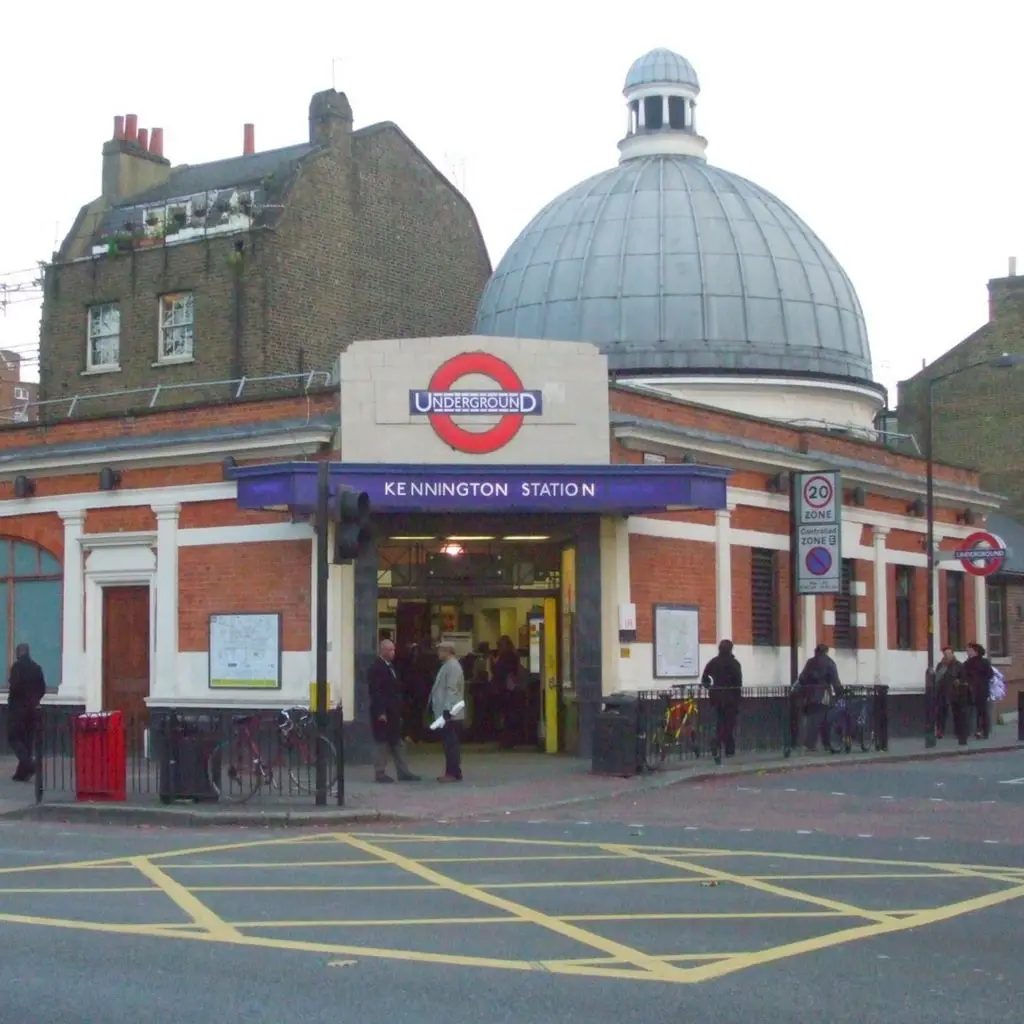
By Sunil060902 – Own work, CC BY-SA 3.0, https://commons.wikimedia.org/w/index.php?curid=5322822
Moorgate
The original six storey headquarters building of the City & South London Railway, built above Moorgate station still survives. It was built in 1900 and is now a listed heritage building.
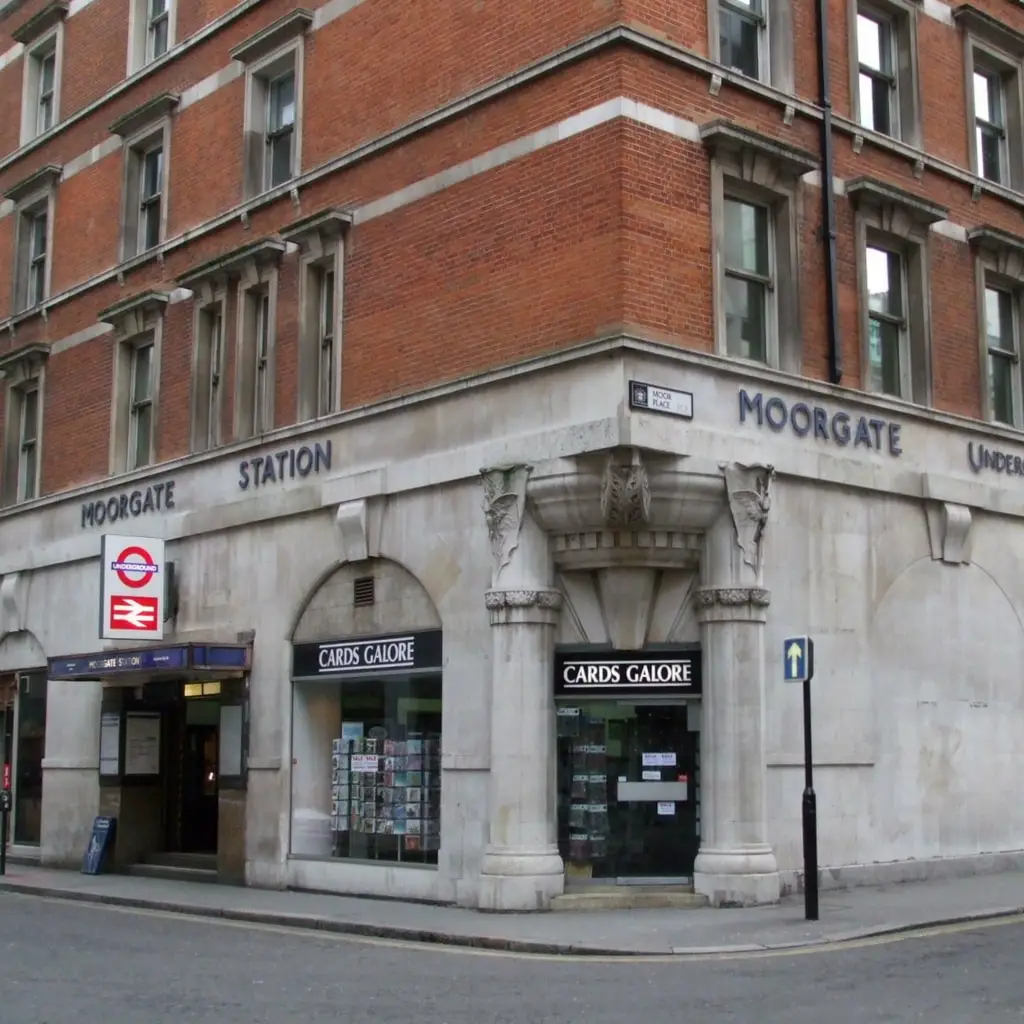
By Sunil060902 – Own work, CC BY-SA 3.0, https://commons.wikimedia.org/w/index.php?curid=3424179
Underground Group
Covent Garden
The “dodgy” Chicago financier Charles Tyson Yerkes (1837-1905) took control of the District in 1901. Backed by American investors, he went on to create what was to become the Underground Group which also included the Tube lines that had been built and were under construction as well as the largest bus company in the capital, London General. Only the Metropolitan and the Waterloo & City didn’t join.
A house style of architecture and design (including the iconic logo) started to emerge during this period. A good example of an early group station is Covent Garden on the Piccadilly. Opened in 1907 and designed by Leslie Green. The exterior is clad in red tiles which was a feature of many stations of the period. The original entrance and ticket hall has been recreated as far as possible. The station was opened before the widespread use of escalators and elevators are still used to transport passengers to platform level.
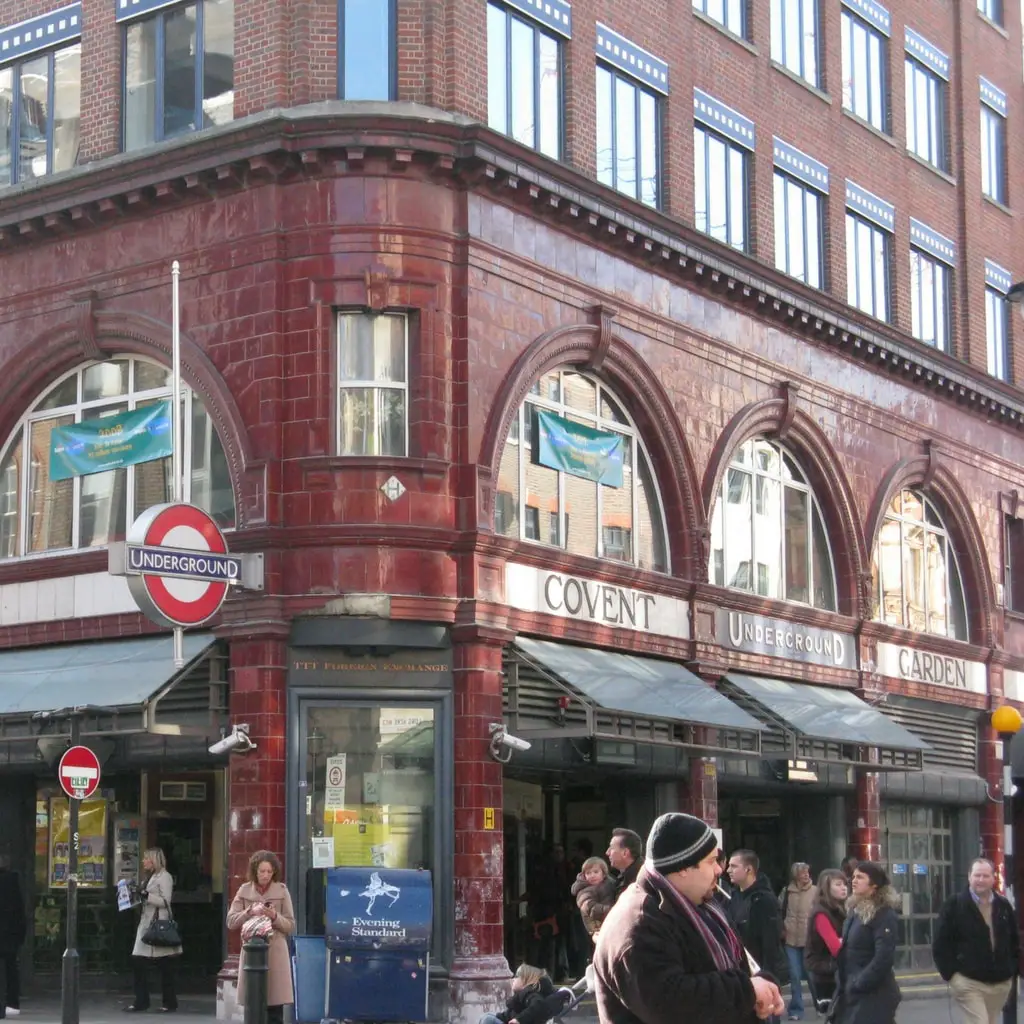
By Victoria from London, UK – Covent Garden Station, CC BY 2.0, https://commons.wikimedia.org/w/index.php?curid=6612662
Tooting Bec
From the 1920s, two men came to have a major influence on how the Underground looked; Frank Pick and Charles Holden. Pick joined the group in 1906 in a junior position but by the time he retired in 1940, he was vice-chairman. By the 1920s, he was working closely with architect Holden in the design of station buildings. A good example of Holden’s early work is Tooting Bec on the Northern Line (right), opened as Trinity Road in 1926. The building is clad in Portland stone and has a large window letting in natural light into the booking hall. Several stations were built to a similar design.
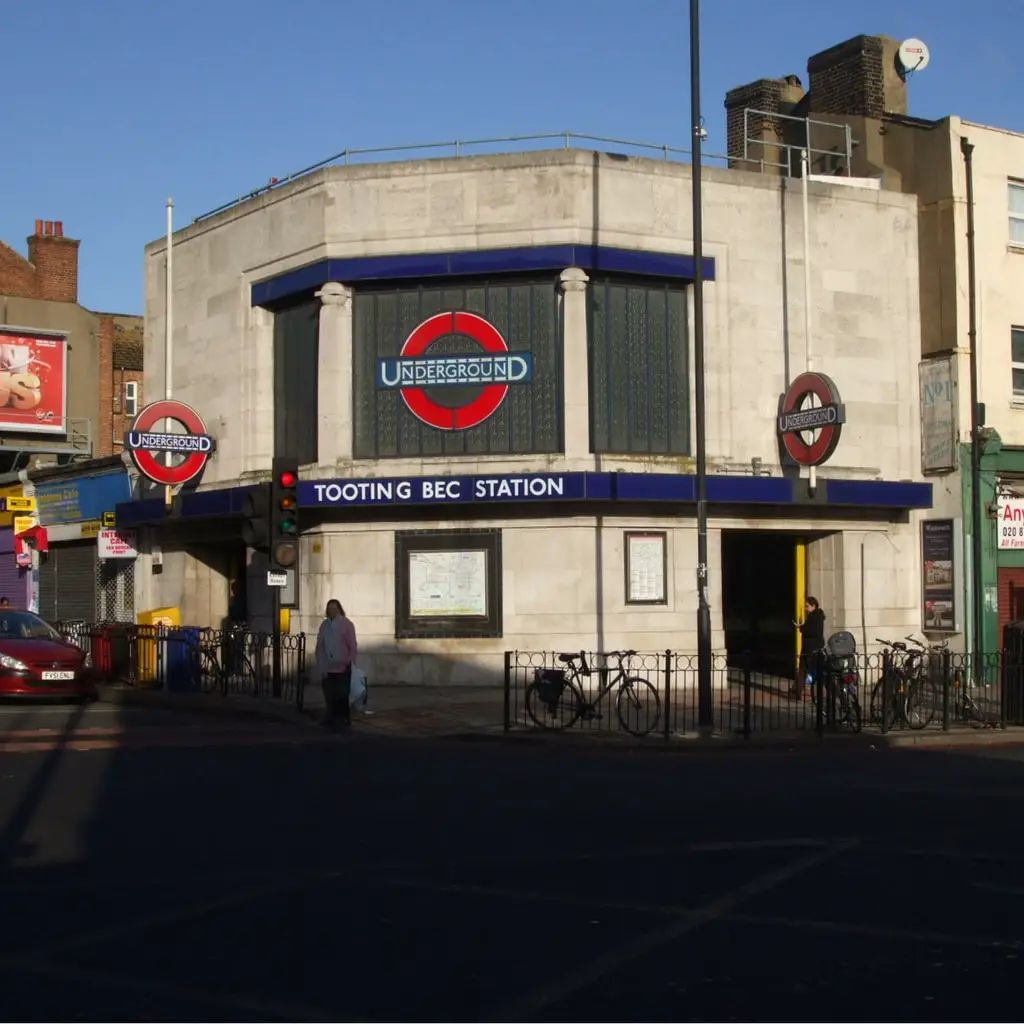
By Sunil060902 – Own work, CC BY-SA 3.0, https://commons.wikimedia.org/w/index.php?curid=5343109
Morden
Charles Holden’s southern terminus of the Northern Line is interesting as it was the last station built on the Underground with a traditional steam era train steel shed roof. Later designs, like Cockfosters at the end of the Piccadilly had more modern concrete roofs.
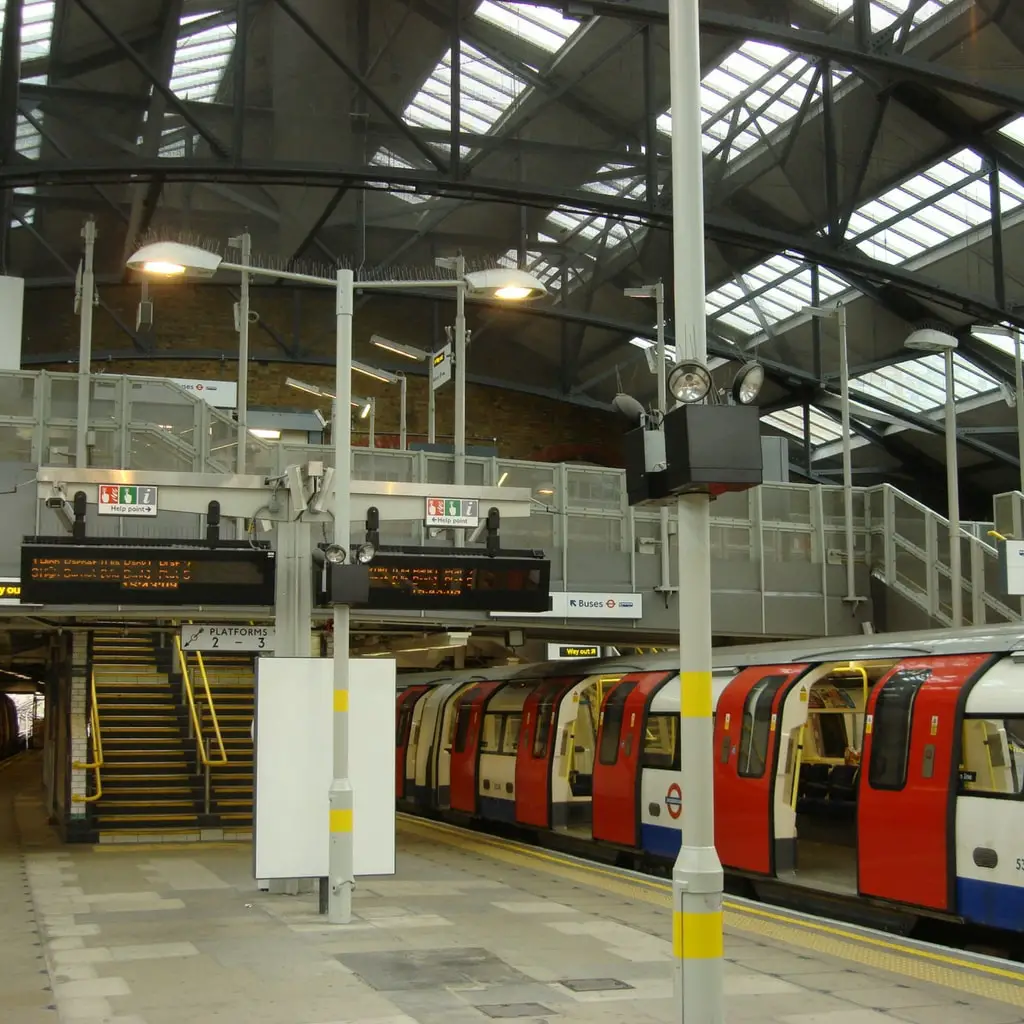
By Oxyman – Own work, CC BY 2.5, https://commons.wikimedia.org/w/index.php?curid=4461106
The Classic Years
Sudbury Town
By 1930, Frank Pick and Charles Holden were well on their way to creating a bold new look for London Underground Stations. Sudbury Town on the Piccadilly (right) was opened in 1930 and was the prototype for the “classic” 1930s modern stations that were to follow. These stations, constructed of concrete and brick are light and airy and mostly user friendly.
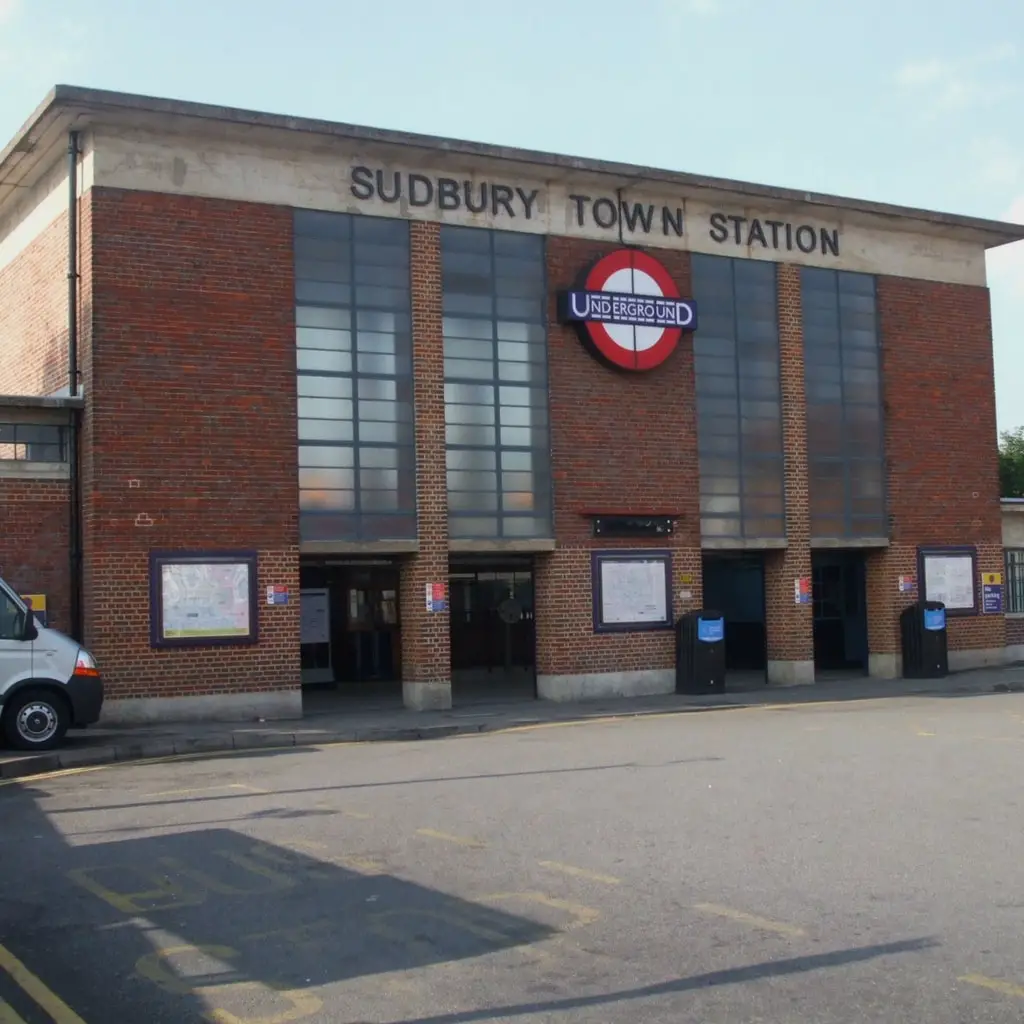
By Sunil060902 – Own work, CC BY-SA 3.0, https://commons.wikimedia.org/w/index.php?curid=4816327
Chiswick Park
Chiswick Park station on the District Line was completely rebuilt and the new building (right) opened in 1933. This is a variation on the concrete box theme, this time the main building is a semi-circular drum.

By Ewan Munro – originally posted to Flickr as Chiswick Park station, CC BY-SA 2.0, https://commons.wikimedia.org/w/index.php?curid=7685415
Southgate
Southgate station (right) on the Piccadilly Line opened in 1933 and is my favourite station built in the classic years. It’s like something out of the “Jetsons” cartoon and resembles a flying saucer. It is largely as built with most of the original features in place including the light fittings on the escalators. When I last visited it in October 2017 it was looking a bit shabby though, so I hope it gets a bit of TLC this year as it is a magnificent station.
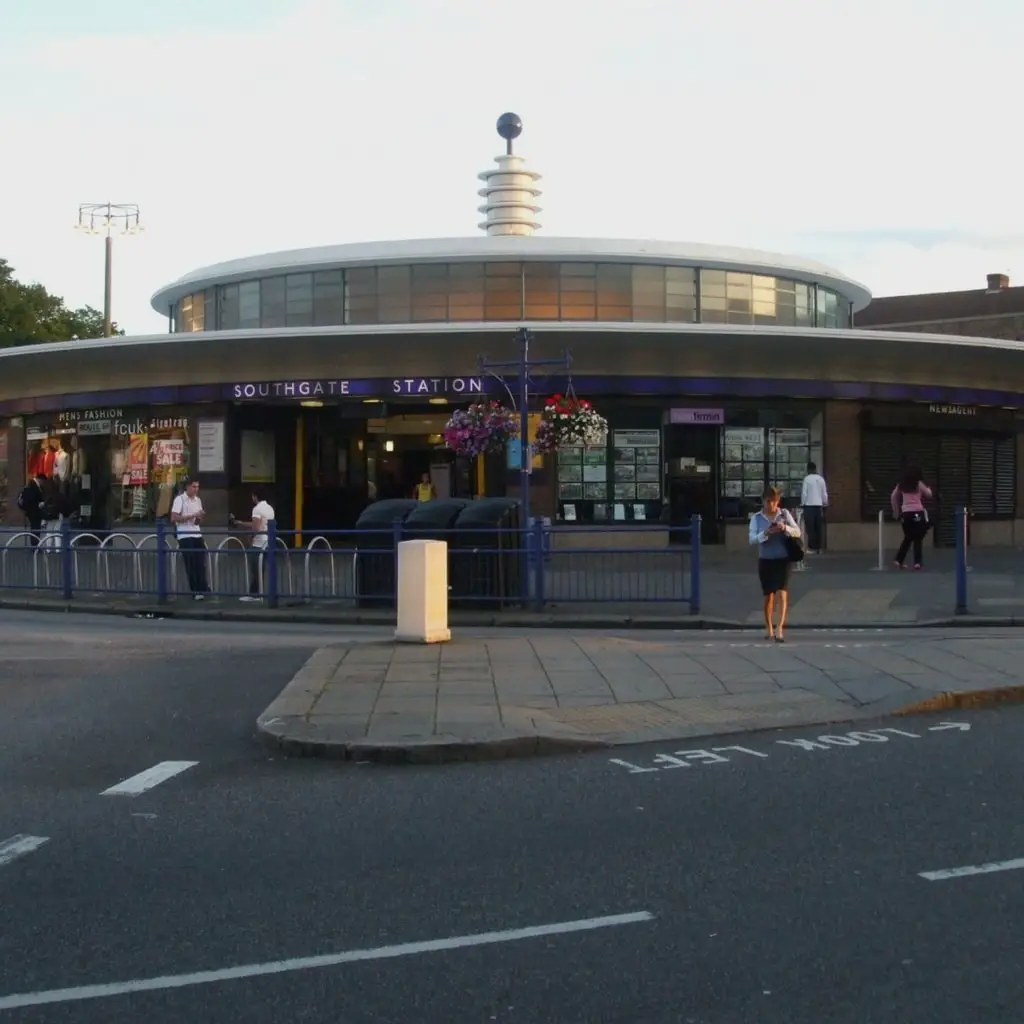
By Sunil060902 – Own work, CC BY-SA 3.0, https://commons.wikimedia.org/w/index.php?curid=4564833
Post War Expansion
Hanger Lane
Plans to expand the Underground were put on hold for the duration of the Second World War including work to extend the Northern and Central Lines. Work resumed in 1945, although post war expansion was not as ambitious as originally planned. By then Frank Pick was dead and Charles Holden was no longer involved with the Underground. Hanger Lane (right) on the Central Line, opened in 1947 and was an attempt to continue the work of Holden, but was not as successful in my view.
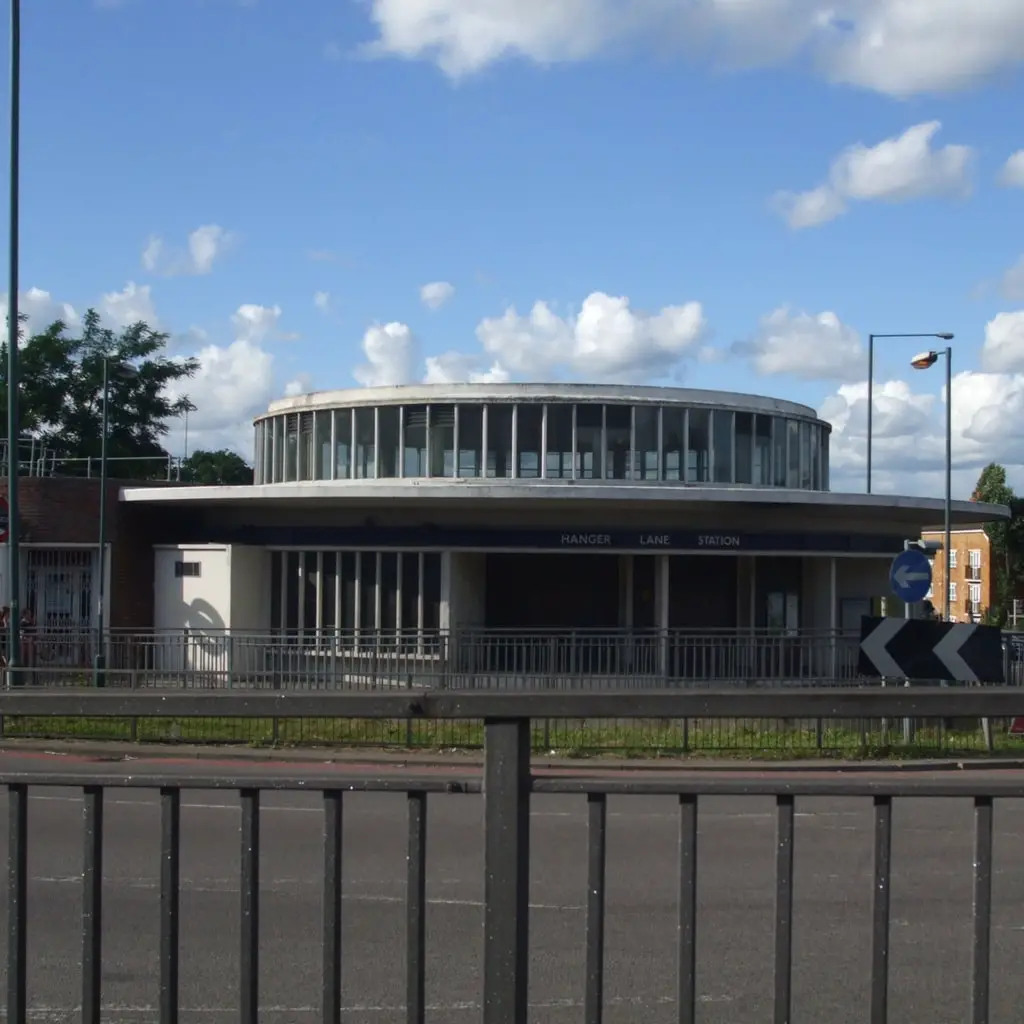
By Sunil060902 – Own work, CC BY-SA 3.0, https://commons.wikimedia.org/w/index.php?curid=4409663
Epping
The expansion of the Central Line after the war meant that some track and stations were transferred from British Railways so that they could be incorporated into the line. This included the line from Loughton to Ongar in Essex. The stretch between Epping and Ongar closed in 1994 and is now a preserved railway. The Eastern terminus of the Central Line is now Epping station (right). The station was built in 1865 by the Great Eastern Railway and was transferred to the London Underground in 1949. It has the feel of a rural county town station.
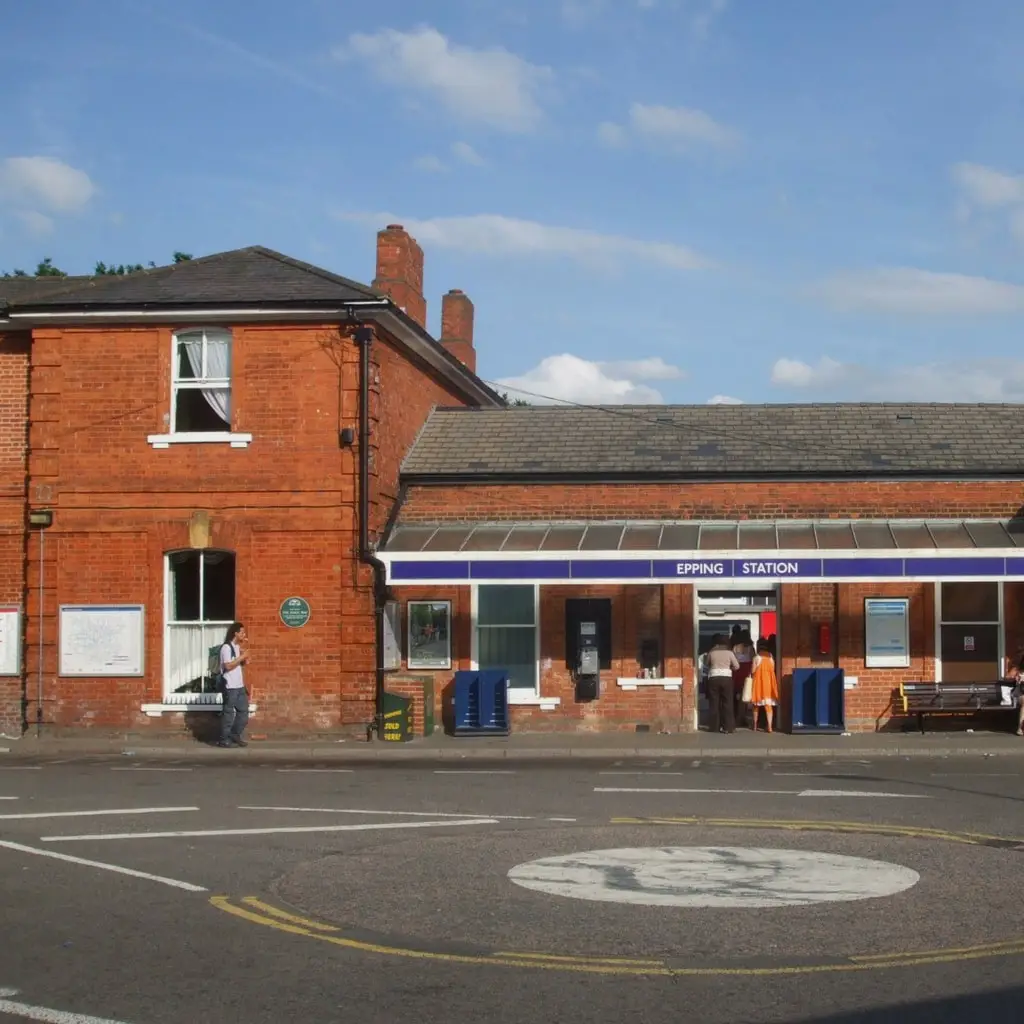
By Sunil060902 – Own work, CC BY-SA 3.0, https://commons.wikimedia.org/w/index.php?curid=5647844
1960s & 70s Growth
Blackhorse Road
There was a lull in the expansion of the Underground for much of the 1950s and early 60s. Work started again in the 1960s there were three main projects between then and the end of the 1970s, the biggest being the construction of the Victoria Line. Blackhorse Road (right) is the only station on the line where a completely new building was constructed. All the other stations connected with other lines and used existing buildings. Blackhorse Road opened in 1968 and is a clean functional design, but not as striking as the 1930s buildings.
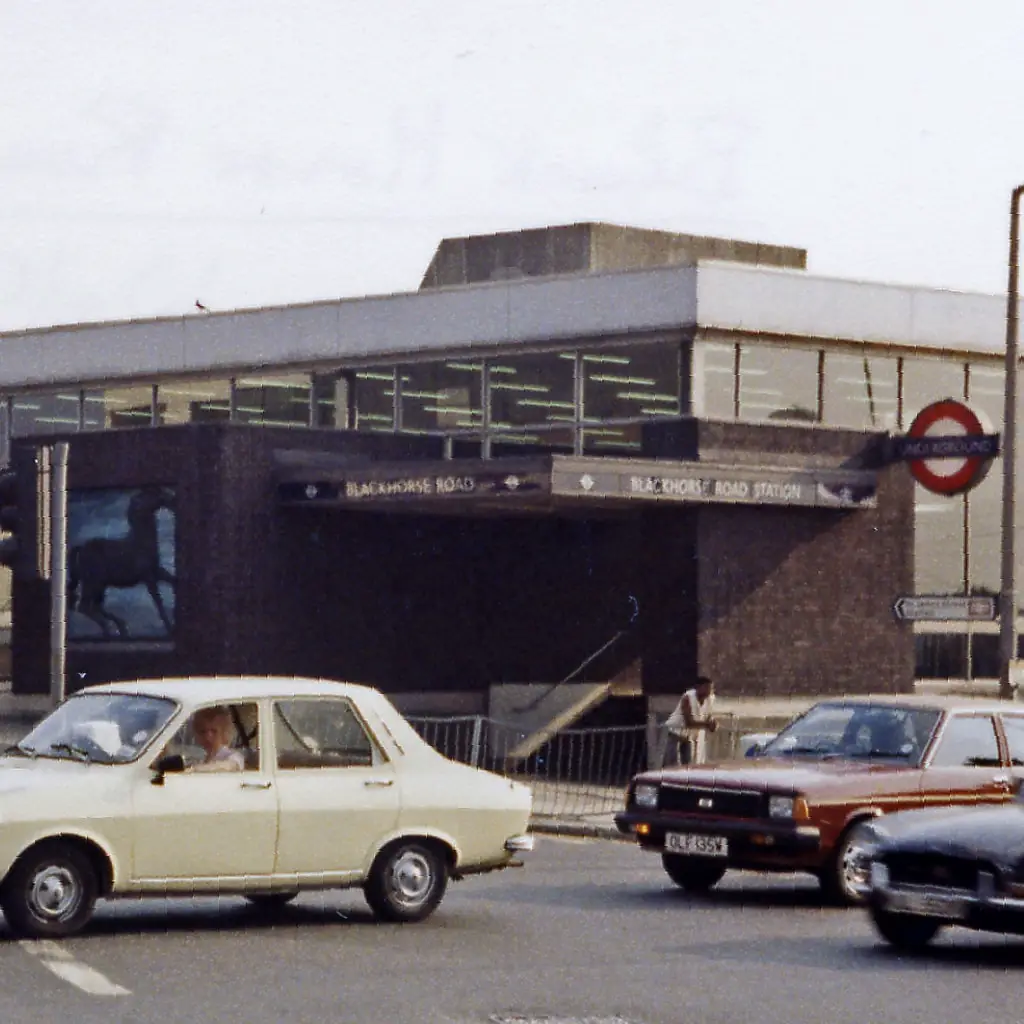
By Ben Brooksbank, CC BY-SA 2.0, https://commons.wikimedia.org/w/index.php?curid=23360249
Hatton Cross
The two projects from the 1970s were extensions of existing lines. The first phase of the Jubilee Line took the Stanmore branch of the Bakerloo Line and added a short section between Baker Street and Charing Cross stations. The second project extended the Piccadilly Line to Heathrow Airport. Hatton Cross (right) was one of the new stations on the extension, opening in 1975. Like Blackhorse Road, it is a functional design, but not very inspiring.
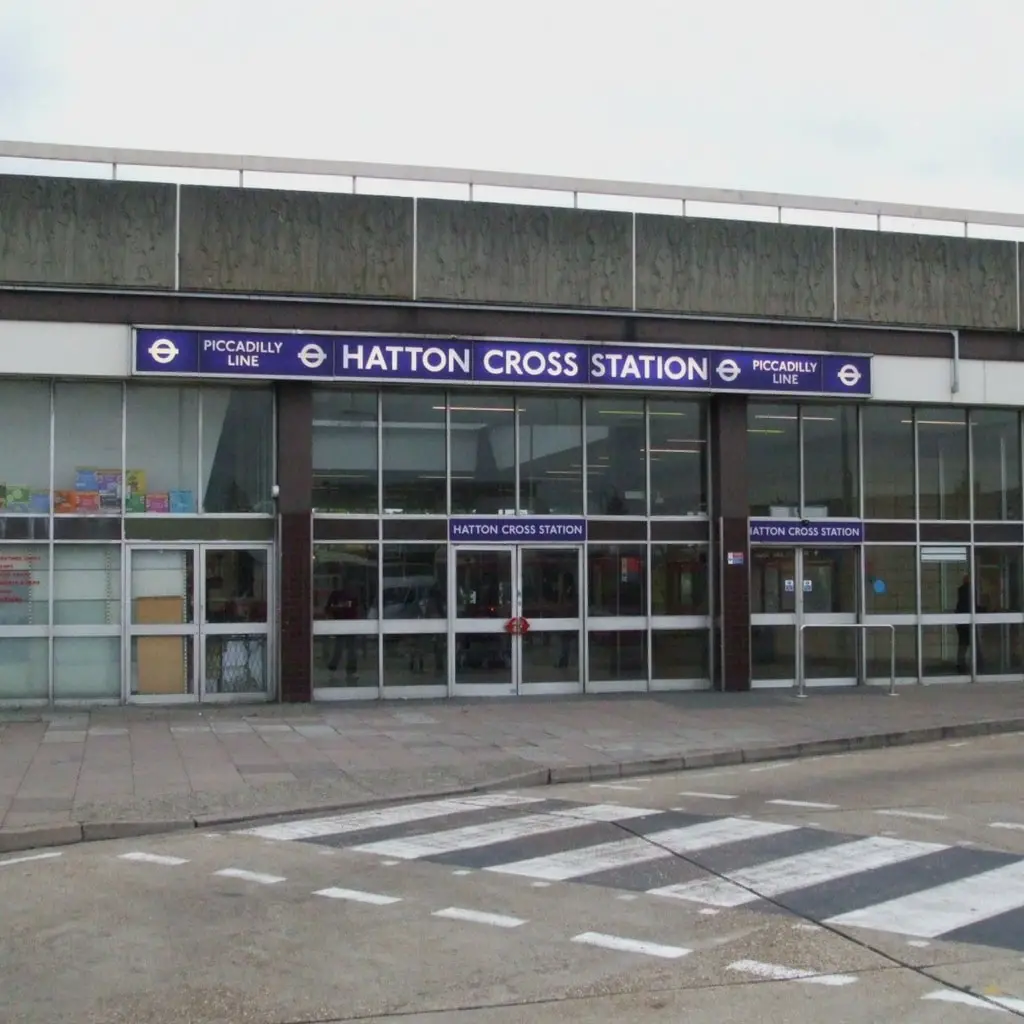
By Sunil060902 – Own work, CC BY-SA 3.0, https://commons.wikimedia.org/w/index.php?curid=4926281
The New Golden Age
Canary Wharf (Jubilee Line)
There was another pause in Underground expansion in the 1980s and early 90s, although the first part of the Docklands Light Railway was built during this time. Underground building started again in the 1990s and the extension of the Jubilee Line from Green Park to Stratford opened in 1999. Eleven new stations were built and the architecture of most of them is very impressive and these buildings are as important as those from the 1930s. Canary Wharf station (right) is one of them. The station was designed by Norman Foster Architects and the subtle entrances lead, via escalators, to a vast platform and ticket area.
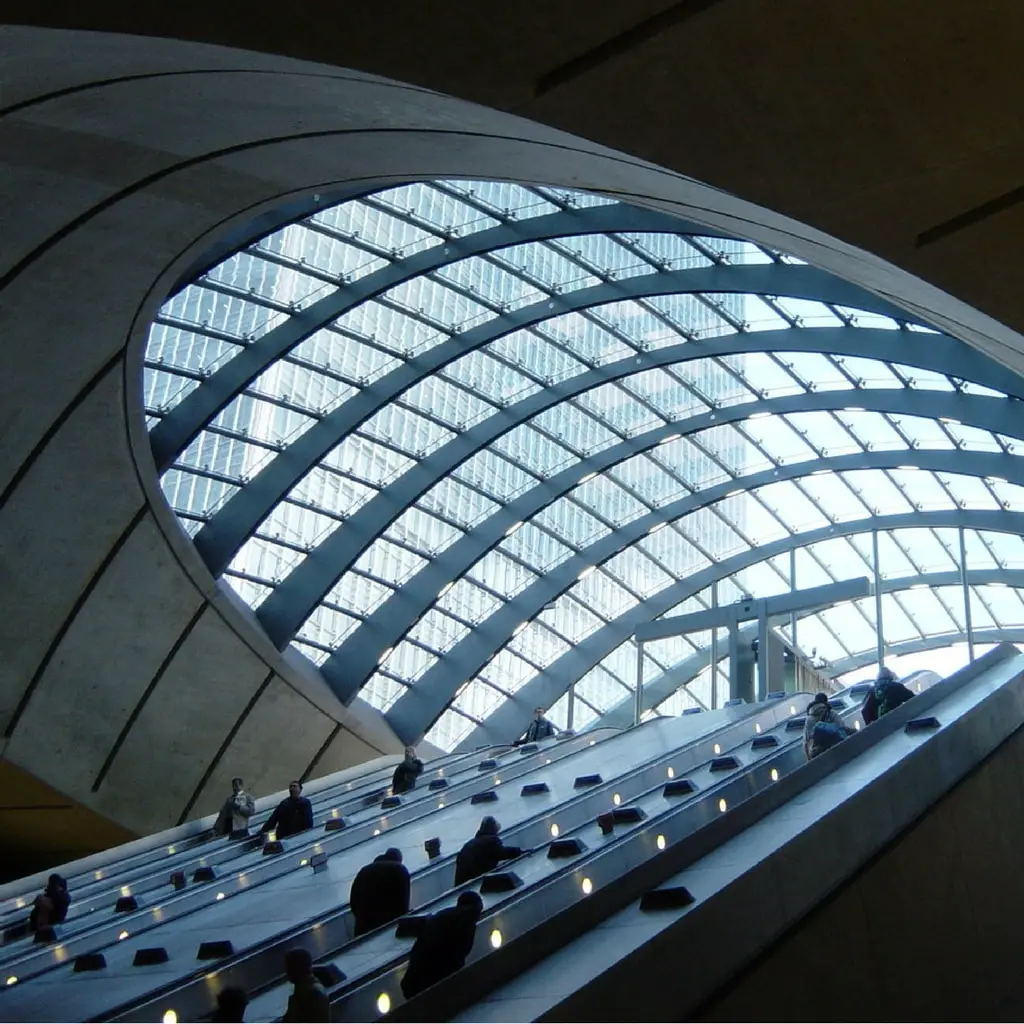
By GazMan7 at en.wikipedia – Own workTransferred from en.wikipedia, Public Domain, https://commons.wikimedia.org/w/index.php?curid=11107817
Canada Water
Canada Water (right) is another successful station on the Jubilee Line extension. The main building consists of a glass drum echoing Holden’s designs from the 1930s.
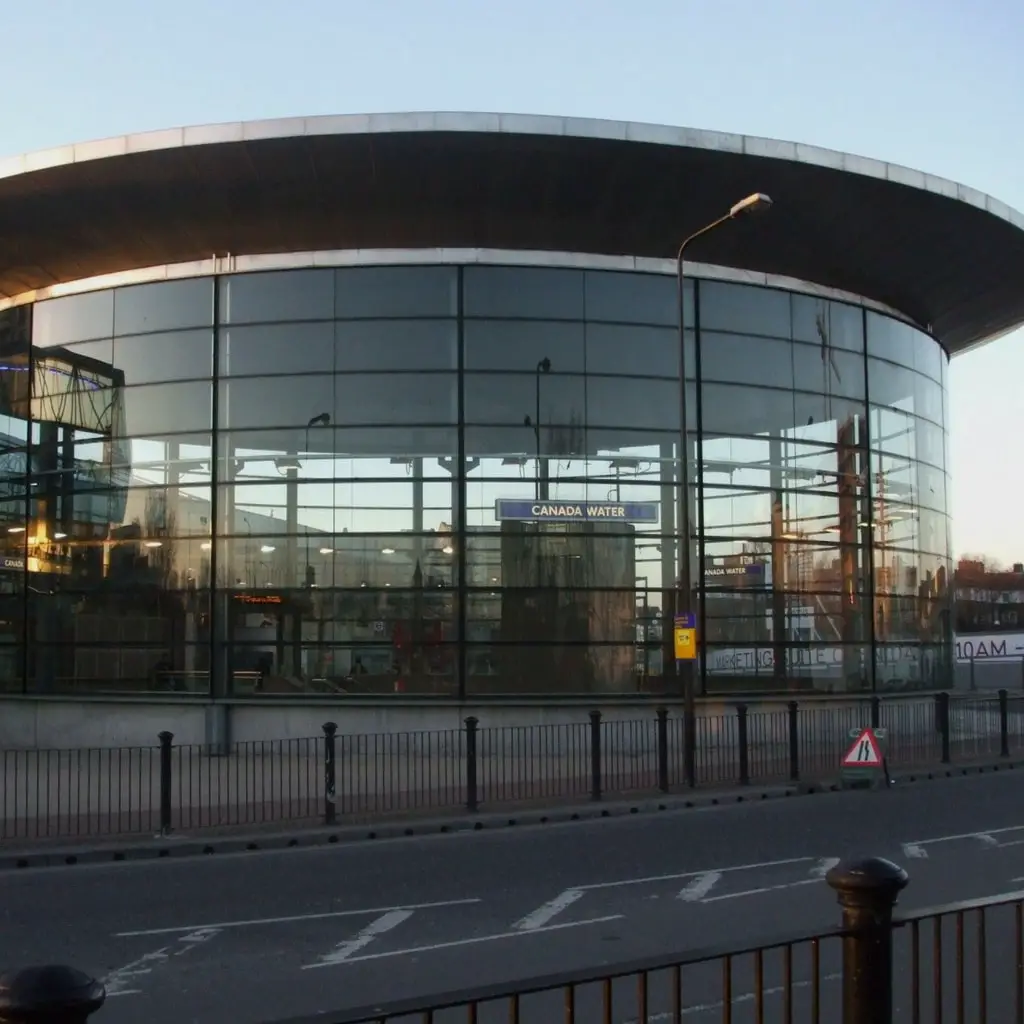
By Sunil060902 – Own work, CC BY-SA 3.0, https://commons.wikimedia.org/w/index.php?curid=3234061
Canary Wharf (Elizabeth Line)
The Crossrail project is a full gauge underground railway running through the centre of London east-west. It is due to open in December 2018 as the Elizabeth Line. Although, strictly not part of the London Underground, it is underground in London and will be managed by Transport for London, so is included here. Like the Jubilee Line extension, the stations look very impressive. An example is Canary Wharf (right), designed by Foster + Partners which includes a roof garden.
I’m looking forward to visiting these stations when the line opens.
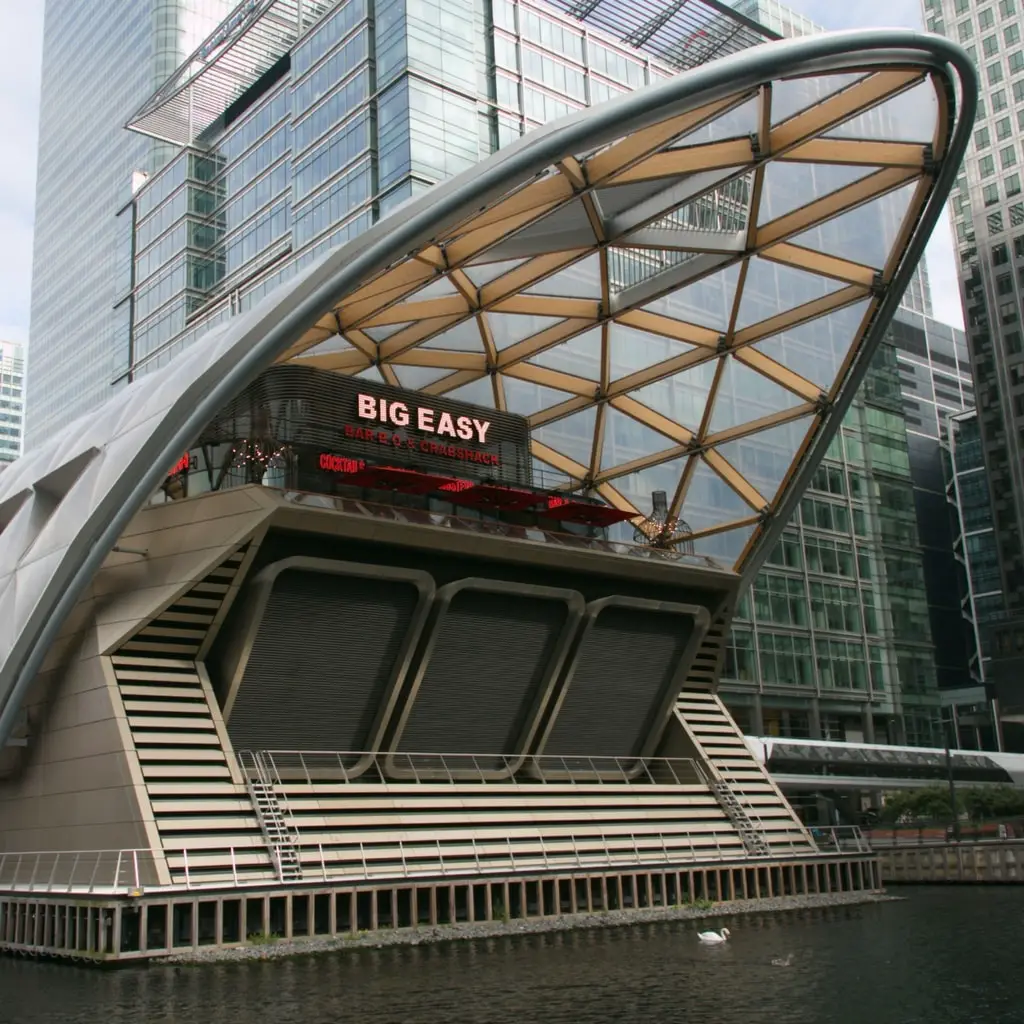
By Michael Fallows – Own work, CC BY-SA 4.0, https://commons.wikimedia.org/w/index.php?curid=50622752
One of my favourite books written about Underground stations is Laurence Menear’s “London’s Underground Stations: A Social and Architectural Study”. It contains lovely line drawings and detailed descriptions of many stations. It’s been out of print for many years, but if you can find a used copy, you should enjoy it.
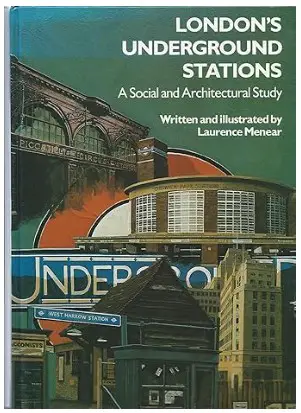
Click here to find used copies on Amazon
Here are some other books you might like:

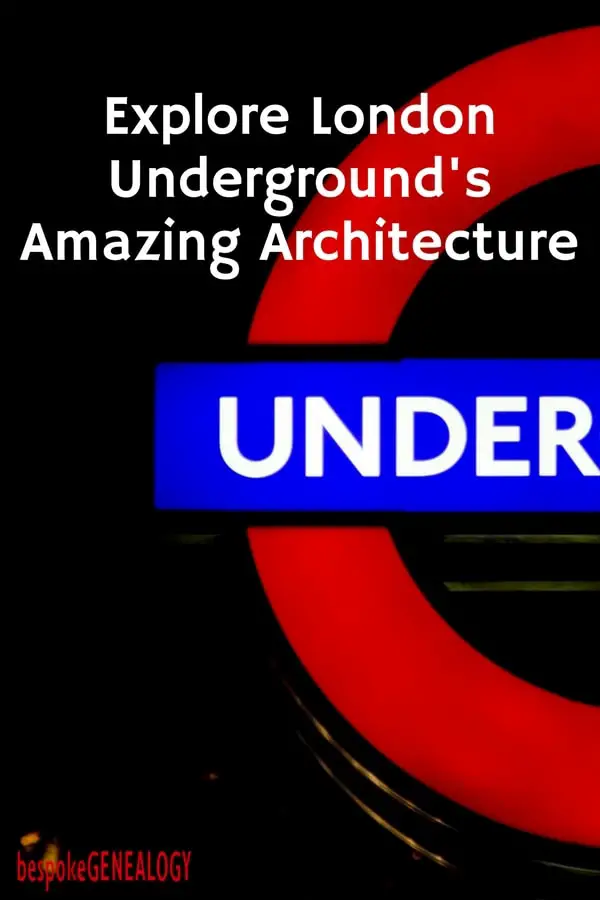
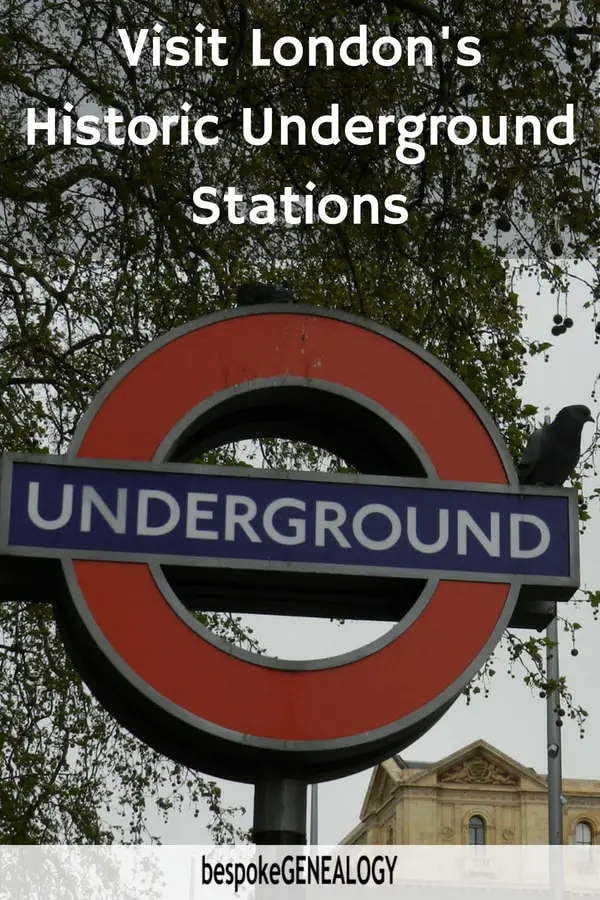

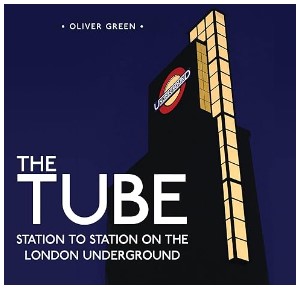
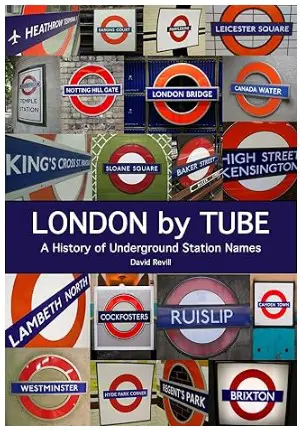
Leave A Comment